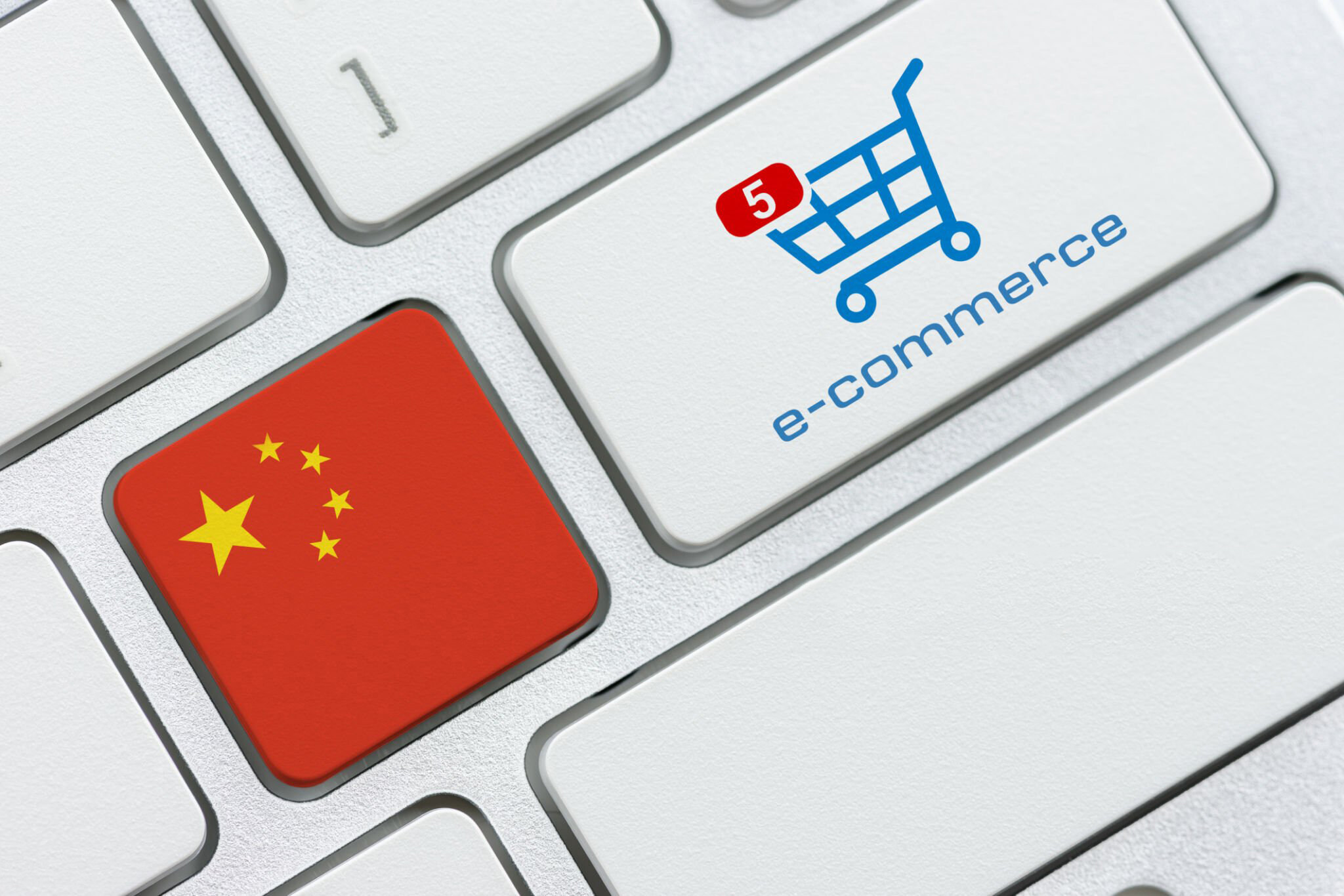Importing goods from China to Thailand has become increasingly popular due to China’s role as a global manufacturing hub and the rising demand for various products in Thailand. This guide aims to provide a detailed overview of the processes, regulations, and best practices involved in importing goods from China to Thailand. Whether you are a seasoned importer or a novice, understanding these steps will help you navigate the complexities of international trade and ensure smooth transactions.

Understanding the Import Process
1. Identifying Products and Suppliers
The first step in the import process is identifying the products you wish to import and finding reliable suppliers. China offers a vast array of products, from electronics and machinery to textiles and consumer goods. Utilize platforms like Alibaba, Global Sources, and Made-in-China to find suppliers. Conduct thorough due diligence, including verifying the supplier’s credentials, checking product quality, and reviewing previous customer feedback.
2. Understanding Regulations and Tariffs
Before importing, familiarize yourself with the regulations and tariffs imposed by Thai authorities. The Thai Customs Department is responsible for overseeing imports and ensuring compliance with local laws. Key regulations include:
- Import Licensing: Certain products require import licenses. Check with the Thai Ministry of Commerce for a list of controlled items.
- Tariffs and Taxes: Import duties, value-added tax (VAT), and excise taxes may apply. Use the Thai Customs Tariff Database to determine applicable tariffs.
- Product Standards: Ensure products meet Thai standards and certification requirements, such as safety and quality standards.
3. Shipping and Logistics
Choosing the right shipping method is crucial. Options include:
- Air Freight: Faster but more expensive, suitable for high-value or urgent goods.
- Sea Freight: Cost-effective for bulk shipments, with options for Full Container Load (FCL) or Less than Container Load (LCL).
- Courier Services: Ideal for small, lightweight items, offering door-to-door delivery.
Work with reputable freight forwarders to handle logistics, customs clearance, and delivery to your designated location in Thailand.

Preparing for Import
4. Documentation
Accurate documentation is vital for a smooth import process. Key documents include:
- Commercial Invoice: Details the transaction between buyer and seller.
- Packing List: Provides information on the shipment’s contents.
- Bill of Lading: A transport document issued by the carrier.
- Certificate of Origin: Verifies the product’s origin, essential for tariff calculations.
- Import License: If applicable, for restricted items.
Ensure all documents are complete and accurately reflect the shipment details.
5. Customs Clearance
Customs clearance involves several steps:
- Submission of Documents: Present the required documents to Thai Customs.
- Inspection: Customs may inspect the goods to verify compliance.
- Duty Payment: Pay applicable duties and taxes.
- Release of Goods: Once cleared, the goods can be transported to your warehouse or distribution center.
Using a customs broker can facilitate this process and ensure compliance with all regulations.

Best Practices for Successful Importing
6. Establish Clear Contracts
Create clear and comprehensive contracts with your suppliers, outlining product specifications, payment terms, delivery schedules, and dispute resolution mechanisms. Contracts should also cover Incoterms, which define the responsibilities of buyers and sellers in international trade.
7. Quality Control
Implement stringent quality control measures to ensure products meet your standards and those required by Thai authorities. Consider hiring third-party inspection agencies to verify product quality before shipment.
8. Risk Management
Identify potential risks, such as delays, damage, or non-compliance issues, and develop strategies to mitigate them. Insurance coverage for shipments can protect against loss or damage during transit.
9. Building Relationships
Establishing strong relationships with suppliers and logistics partners can lead to better terms, improved communication, and enhanced trust. Regular visits to suppliers and participation in trade fairs can help build these relationships.

Challenges and Solutions
10. Navigating Language and Cultural Barriers
Language and cultural differences can pose challenges in communication and negotiation. Employ bilingual staff or translators and invest time in understanding Chinese business etiquette to foster better relationships.
11. Adapting to Regulatory Changes
Stay informed about changes in import regulations and trade policies in both China and Thailand. Regularly consult with legal and customs experts to ensure ongoing compliance.
12. Managing Costs
Controlling costs is essential for profitability. Compare shipping options, negotiate favorable terms with suppliers, and streamline processes to reduce expenses.
Importing from China to Thailand offers significant opportunities but requires careful planning and execution. By understanding the import process, adhering to regulations, and implementing best practices, businesses can successfully navigate the complexities of international trade. Building strong relationships with suppliers and logistics partners, maintaining rigorous quality control, and staying informed about regulatory changes will further enhance your import operations. With the right approach, importing from China can be a profitable venture that meets the growing demand for diverse products in Thailand.
Leave a Reply